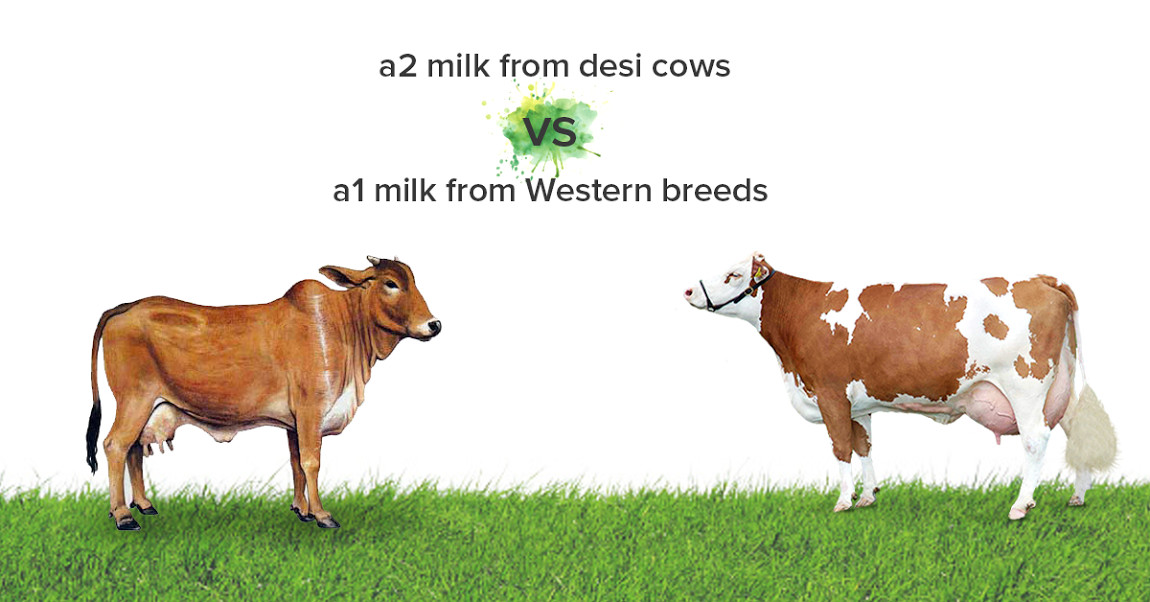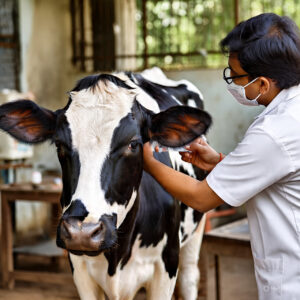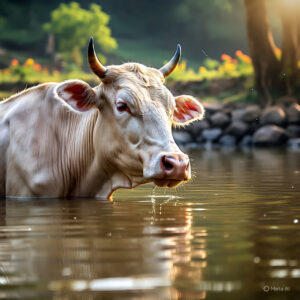India is home to several indigenous cow breeds, commonly referred to as Desi cows. These are genetically adapted to the local climate and have cultural, medicinal, and economic significance. On the other hand, foreign or exotic breeds are often imported for higher milk yield but come with their own set of challenges.
Let’s understand the key differences between Desi and foreign cows.
🐄 Physical Appearance:
- Desi Cows usually have a hump on their back, strong horns, and loose skin.
- Foreign Cows like Holstein or Jersey are larger, more muscular, and lack a hump.
🥛 Milk Quality:
- Desi Cow Milk contains A2 beta-casein protein which is healthier and easier to digest.
- Foreign Cow Milk typically contains A1 protein and has a higher fat content, but may be less beneficial for long-term health.
🏜️ Climate Adaptability:
- Desi Breeds are naturally resistant to Indian weather conditions, heat, and common diseases.
- Exotic Breeds require special shelter, diet, and care in tropical climates.
💰 Maintenance Cost:
- Desi Cows require less feed and care, making them more economical for small farmers.
- Foreign Cows need high-nutrition feed, regular veterinary care, and a controlled environment.
🧬 Lifespan and Fertility:
- Desi Cows live longer and produce calves regularly for more years.
- Foreign Cows tend to have a shorter reproductive and productive lifespan.




